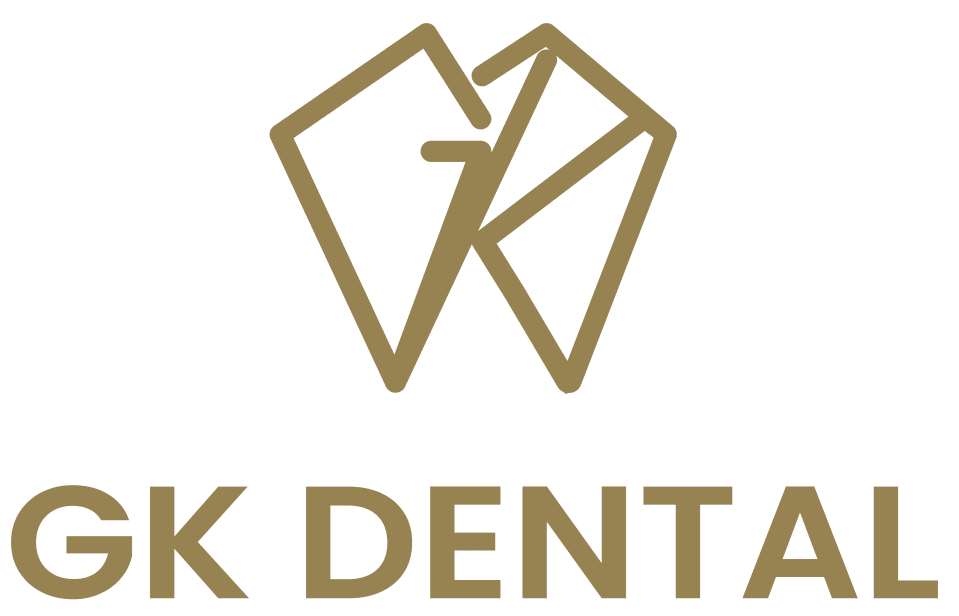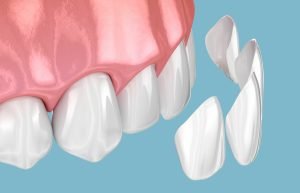Invisalign has revolutionized the world of orthodontics, offering a discreet and convenient way to straighten your teeth. However, as with any orthodontic treatment, you may have questions and concerns. One common question that arises is whether Invisalign gives you a lisp. In this informative guide, we will delve into this topic, addressing your concerns and shedding light on what you can expect when using Invisalign.
Introduction
Invisalign has gained immense popularity for its ability to straighten teeth without the need for traditional braces. While it offers many advantages, some people wonder if wearing Invisalign aligners affects their speech. Let’s explore whether Invisalign can cause a lisp, and if so, how to manage it effectively.
Understanding Invisalign
Before we dive into the potential impact on speech, let’s briefly understand what Invisalign is. Invisalign is a clear aligner system designed to straighten teeth gradually. Unlike traditional braces, Invisalign aligners are virtually invisible and can be removed for eating, drinking, and oral hygiene routines.
The Potential for a Lisp
It’s important to acknowledge that some individuals may experience a temporary lisp when they first start using Invisalign. This lisp is primarily due to the presence of the aligners in your mouth, as they can slightly alter the way you articulate certain sounds.
Getting Used to Invisalign
The good news is that the lisp associated with Invisalign is usually temporary and mild. Most people adapt to wearing the aligners within a few days to a week. Here are some tips to help you adjust more quickly:
- Practice Speaking: Spend some time practicing speech while wearing the aligners. Reading aloud or having conversations with friends and family can be helpful.
- Stay Hydrated: Keeping your mouth hydrated can reduce friction between the aligners and your tongue, potentially improving your speech.
- Consistency is Key: Wear your aligners as recommended by your orthodontist. The more consistently you wear them, the faster your speech will adjust.
When to Seek Help
In most cases, the lisp with Invisalign is a temporary inconvenience that disappears as you become accustomed to the aligners. However, if the lisp persists or becomes more severe, it’s essential to consult with your orthodontist. They can assess your situation and make any necessary adjustments to your treatment plan.
Invisalign vs. Traditional Braces
While a temporary lisp is a potential drawback of Invisalign, it’s essential to weigh it against the many advantages this treatment offers. Invisalign aligners are removable, making it easier to maintain oral hygiene, and they are virtually invisible, providing a discreet way to straighten your teeth. Traditional braces, while effective, are more noticeable and can be more challenging to clean.
Conclusion
Invisalign is a fantastic orthodontic option for those looking to achieve a straighter smile without the hassle of traditional braces. While it may cause a temporary lisp for some individuals, this inconvenience is usually mild and short-lived. With patience and practice, most people adapt to speaking with Invisalign aligners comfortably.
Remember that the benefits of Invisalign often far outweigh the initial adjustment period. If you have concerns about how Invisalign may affect your speech, don’t hesitate to discuss them with your orthodontist GKDental Hawick NHS Family Dental Practice. They can provide guidance and support to ensure your Invisalign journey is as comfortable and successful as possible.





